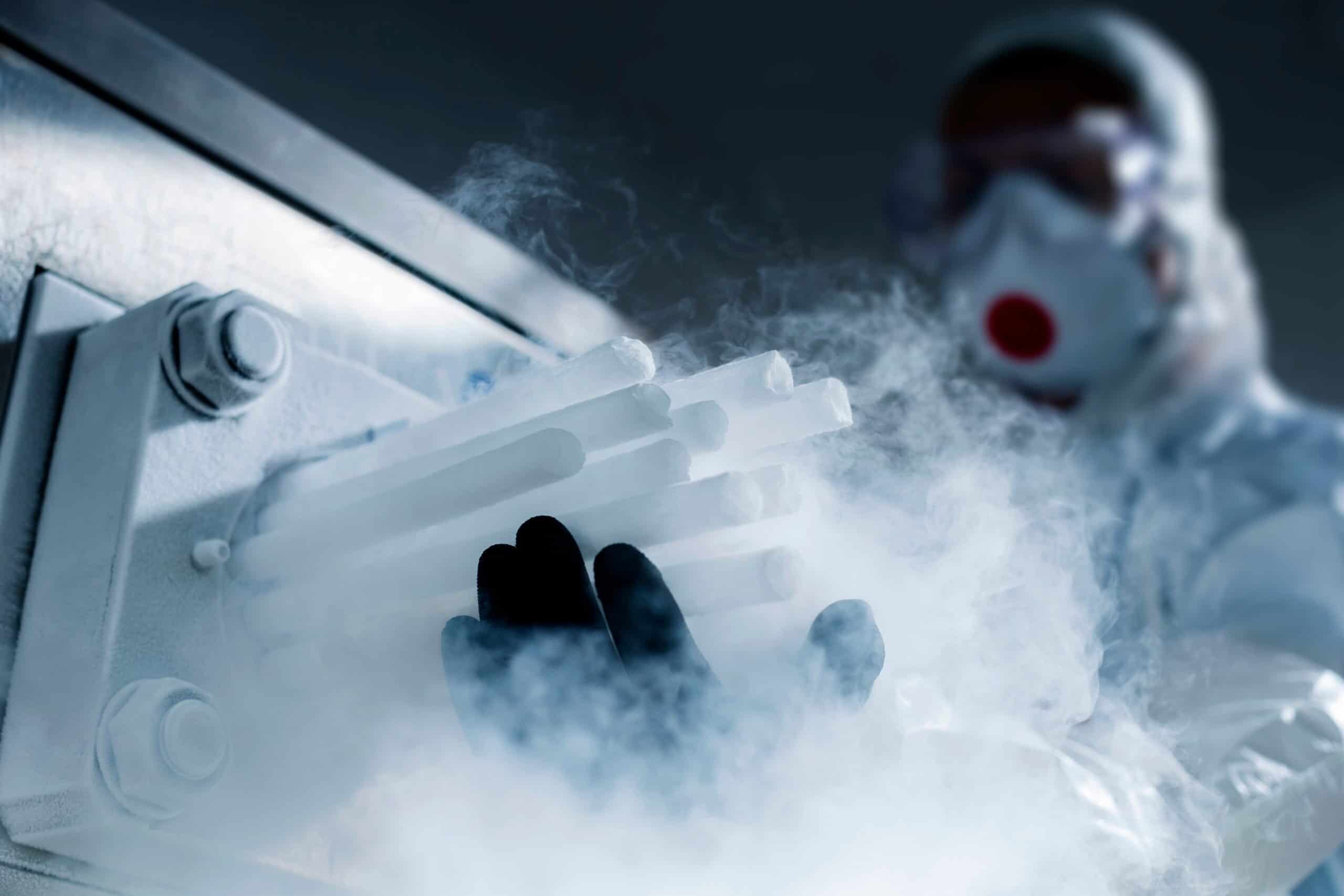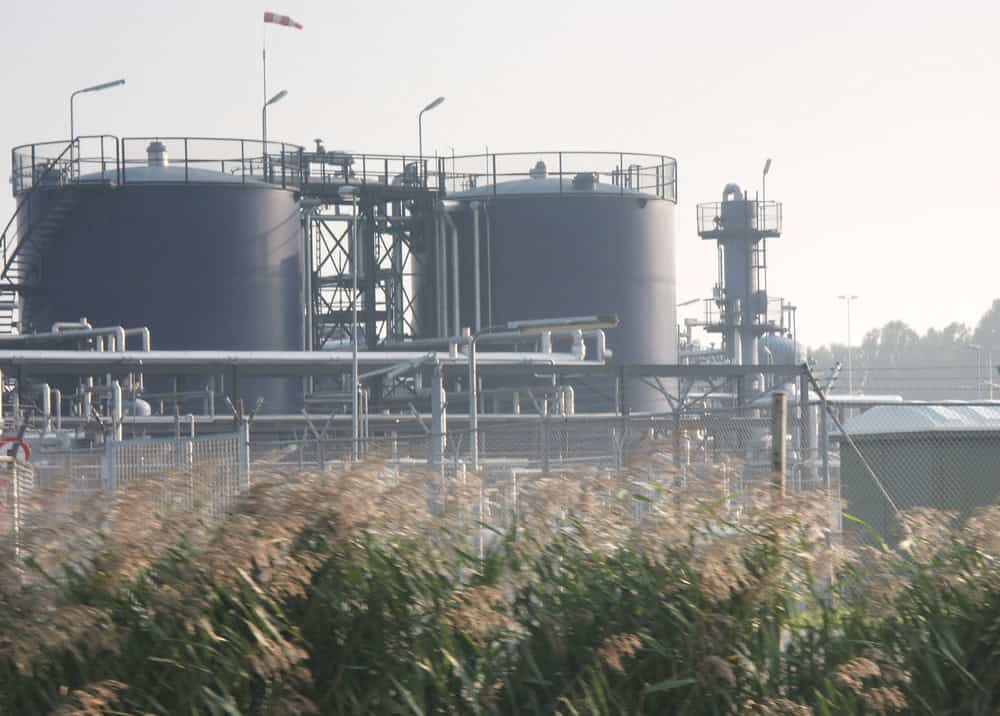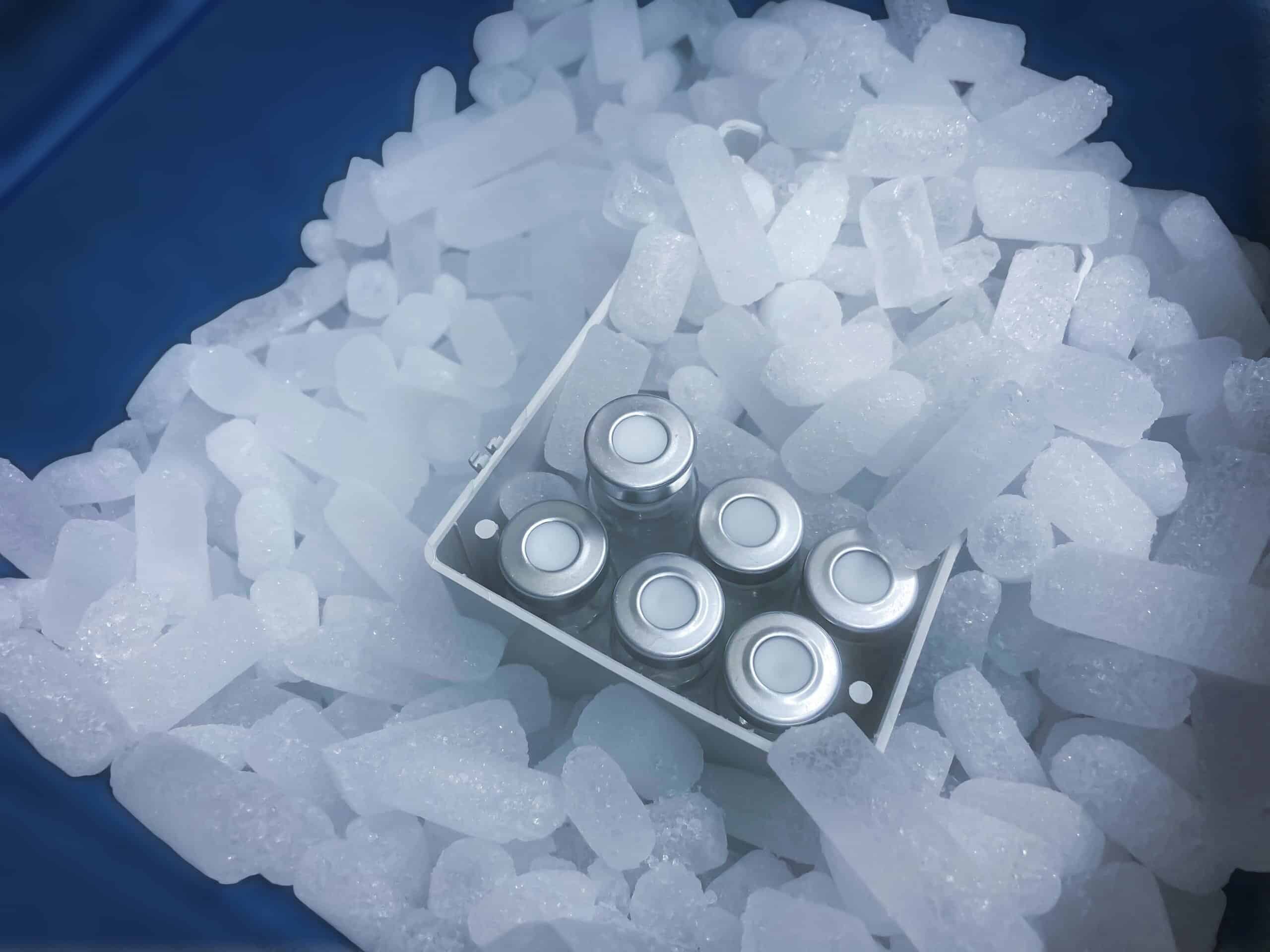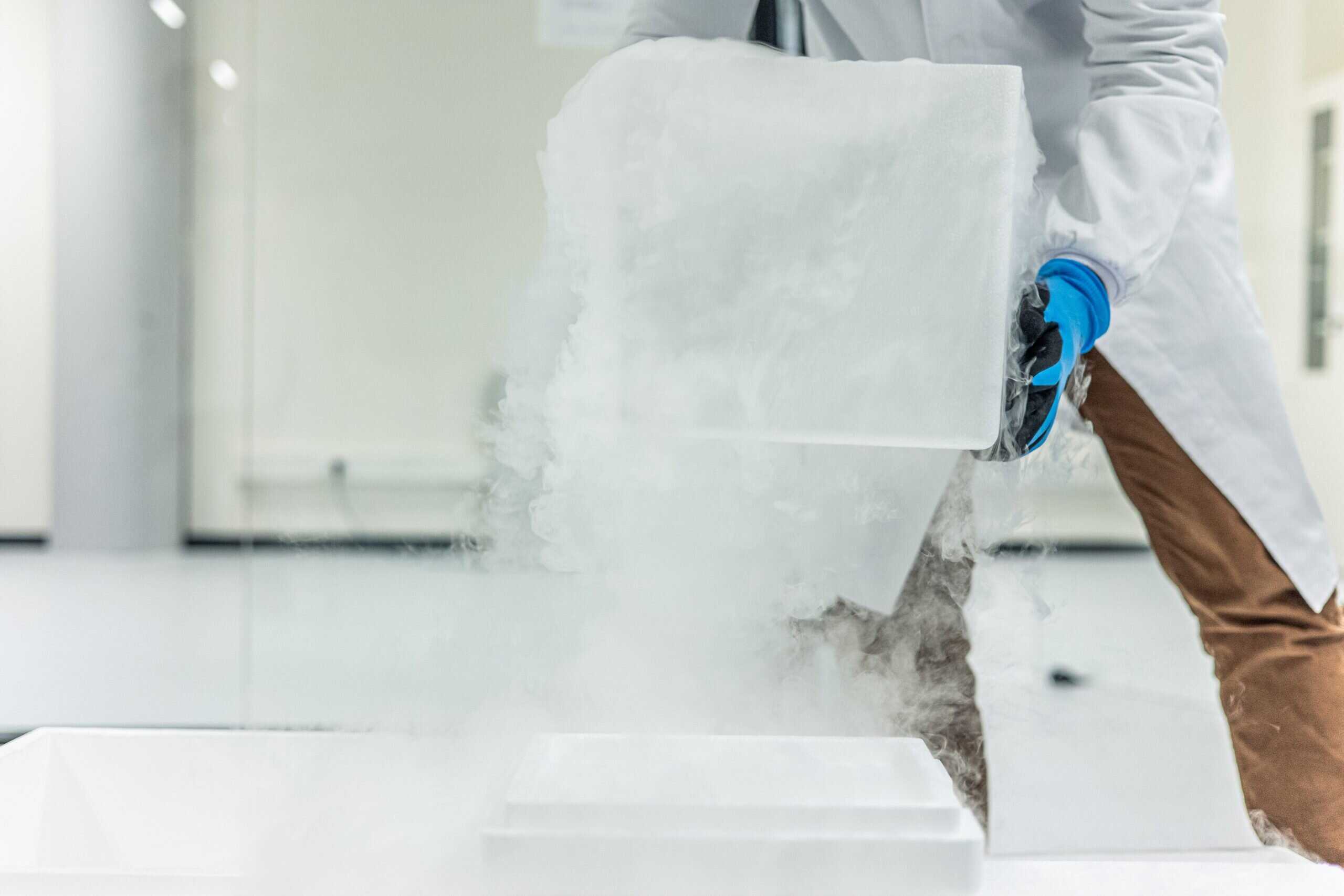SEPTEMBER 30, 2025
The Dry Ice Market in 2025: Dynamics, Challenges & Industry Responses
Dry ice remains a backbone of ultra-cold logistics, cryogenic cleaning, and industrial processes. But the market is under strain: CO₂ supply constraints, cost volatility, geopolitical concerns, regulatory headwinds, and evolving cold chain requirements are testing even well-established players.
This article explores the current dry ice landscape, the challenges facing manufacturers and users, and how companies in food, beverage, pharma, and industrial sectors are adapting. It also looks at the role of format choice in performance, the rise of alternatives, and how sustainability is reshaping cold chain strategies.

Market Dynamics and Stressors
The mismatch between demand and supply is one of the most pressing issues. Dry ice consumption has been climbing at roughly 5% per year, but CO₂ supply has grown only about 0.5% annually (gasworld.com). This disparity has driven periodic shortages and volatile pricing, with spot prices surging by as much as 300% during supply crunches.
Despite these challenges, demand keeps rising. The global dry ice market was valued at USD 1.54 billion in 2024 and is projected to reach USD 2.73 billion by 2032, a compound annual growth rate of 7.4% (fortunebusinessinsights.com). Growth is fueled by food shipping, biologics and vaccine distribution, and industrial applications like blasting and welding.
Another factor is the diversion of CO₂ to carbon capture and sequestration projects, which further tightens availability (gasworld.com). At the same time, sustainability and regulatory pressures are raising expectations for how dry ice is produced, used, and recovered.
Industry Response to Shortages

To navigate shortages, dry ice manufacturers are building more localized production hubs to reduce transport losses and better match regional demand. Some are exploring on-site CO₂ capture and reuse – for example, at food processing plants where CO₂ is generated as a byproduct.
Shippers and distributors are also diversifying their cooling strategies, mixing dry ice with phase change materials or improving insulation to stretch each lb. further. In some markets, long-term supply contracts are replacing spot buying, giving priority access to pharma or large-scale food shippers during tight periods.
Sustainability and Dry Ice Use
Sustainability is reshaping how companies think about dry ice. Food and pharma customers are under pressure to measure and reduce the carbon footprint of their cold chain operations. Since most industrial CO₂ is fossil-based, buyers are asking suppliers to explore bio-based capture or even direct-air capture as greener sources.
One of the most promising contributors is the bioethanol industry. Bioethanol is a renewable fuel produced by fermenting sugars or starches from crops such as wheat, corn, or sugar beet. During the fermentation process, large volumes of high-purity CO₂ are released as a byproduct. Instead of venting that CO₂, bioethanol plants can capture, purify, and redirect it into industrial uses – including dry ice production. This creates a more circular and lower-carbon pathway for supplying dry ice to food, pharma, and industrial markets.
Focus Example: The UK – Bioethanol, CO₂ Supply, and Geopolitical Pressures
The UK provides a clear case study of how bioethanol intersects with the CO₂ supply chain, and how global trade dynamics can complicate domestic resilience. Ensus, one of the country’s largest producers of bioethanol, has become a cornerstone of the market. In addition to producing renewable fuel, Ensus captures the CO₂ released during fermentation and processes it into food-grade quality. This single site now accounts for an estimated 30–60% of the UK’s CO₂ supply, illustrating both the potential of bio-based CO₂ sources and the risks of over-reliance on a few major players.

However, according to Argus Media, Ensus and other UK producers face mounting geopolitical pressure. A UK–US trade deal removed tariffs on American bioethanol imports, making it far harder for domestic producers to compete. Cheaper US imports threaten the financial viability of UK operations, leaving companies like Ensus reliant on emergency government subsidies. Without ongoing support, Ensus has warned it may be forced to shut down operations – a scenario that would significantly undermine the UK’s ability to generate high-purity CO₂ domestically and would ripple across food, beverage, and industrial markets.
Industries like Food & Beverage are very worried, that they won’t be able to fulfill deliveries leading to food shortages like in 2021, according to the Grocer publication
Key Issues Affecting CO₂ Supply in the UK
- Over-reliance on a few large producers: The UK and Europe depend heavily on a small number of high-volume CO₂ producers, making the supply chain vulnerable to disruptions.
- Seasonal production dips: Summer maintenance shutdowns at ammonia and bioethanol plants — key sources of by-product CO₂ – coincide with peak demand, especially in the food and beverage industry.
- Technical difficulties: At least one UK plant is currently experiencing operational issues, and two major European plants are running well below capacity.
- Financial strain and trade exposure: Beyond operational challenges, trade policy is compounding the problem. UK bioethanol producers face lower-cost imports from the US, and without subsidies may be unable to sustain production, with major implications for domestic CO₂ availability.
The UK example underscores the fragile balance between renewable CO₂ opportunities and structural vulnerabilities created by concentrated production, seasonal cycles, and international trade pressures. It is both a warning and a call to action for markets worldwide that depend on bio-based CO₂ for dry ice and other applications.
Alternatives to Dry Ice
While dry ice remains indispensable for ultra-cold or high-value shipments, alternatives are gaining ground.
- Gel packs and phase change materials (PCMs) can hold narrow temperature bands for less critical products, such as refrigerated (2–8 °C) foods or clinical samples.
- Mechanical refrigeration (active containers powered by batteries or external power) is used in pharma air freight for extended shipments, though it comes at a higher cost.
- Improved insulation — from vacuum panels to curbside-recyclable materials — reduces the load of dry ice required, creating hybrid solutions that are both more efficient and sustainable.
These alternatives are not replacing dry ice entirely but are being layered in strategically, reducing reliance during peak demand and aligning with sustainability goals.
Sector-Specific Trends
Food and Meat Processing
The meat industry has long depended on dry ice for chilling and preservation during processing and transport. Here, the trend is toward efficiency: thinner slices and pellets are used for rapid cooling on processing lines, while blocks remain the format of choice for bulk transport. Food shippers are investing in better insulated boxes to extend hold times and minimize sublimation.

Pharmaceutical and Labs
Biologics, vaccines, and cell and gene therapies demand highly controlled conditions to safeguard the efficacy of valuable and/or rare products. The industry is responding to supercooling risks by testing barrier technologies that slow CO₂ gas release, while also adopting real-time monitoring of payloads. For less temperature-critical medicines, reusable PCM shippers are gaining traction, reducing total dry ice usage without compromising compliance.
Industrial and Welding Applications
Dry ice blasting and cleaning with dry ice requires a steady supply of pellets. Contractors are often most exposed to shortages, as pharma and food are prioritized during tight supply periods. To adapt, many are locking in longer-term supply contracts or investing in local pelletizing capacity to reduce reliance on distant suppliers.
Formats and Their Impact on Performance

The format of dry ice dramatically affects how it performs. Large blocks or slabs sublimate more slowly, making them ideal for bulk shipments or longer transit durations. Pellets and nuggets, with higher surface area, provide rapid cooling but vaporize faster, making them better suited for short hauls, pre-chilling, or blasting applications. Thin slices or custom cuts offer a balance of coverage and duration, fitting neatly into packaging systems to reduce voids.
Choosing the wrong format can directly compromise product integrity. For example, small pellets may supercool pharma payloads if not properly vented, while blocks may be too slow to absorb heat quickly in a fast-moving e-commerce shipment. Success often depends not only on format selection but also on packaging design — pre-conditioning containers, minimizing empty space, and layering dry ice correctly to take advantage of cold air sinking.
Packaging and Insulation Interactions
Dry ice performance also depends heavily on packaging and insulation. Poor container design can accelerate sublimation, while optimized insulation can stretch hold times significantly. ThermoSafe notes that sublimation rates typically range from 3% to 8% per day depending on how the dry ice is packed and the external environment (ThermoSafe).
Several factors influence how effectively dry ice maintains temperature:
- Container design and insulation: Specialized dry ice containers with thick, high-performance insulation, durable walls, and tight seals slow down sublimation. Generic boxes or thin-walled shippers allow too much heat ingress, increasing the risk of temperature drift and product wastage.
- Pre-conditioning containers: Pre-chilling boxes or insulated shippers before loading reduces the initial thermal shock, lowering the rate at which dry ice sublimates once it is placed inside .
- Airflow and layering: Proper placement matters. Positioning dry ice above the payload allows cold air to sink and envelop the shipment, while ensuring vents prevent dangerous CO₂ buildup. In contrast, packing dry ice haphazardly can leave warm spots or accelerate loss.
- Void space: Empty gaps inside the container create pockets where warm air circulates, speeding sublimation. Using slices, pellets, or insulating filler to minimize voids can improve overall thermal efficiency.
The takeaway is clear: dry ice must be matched to the right container system. Even the best block or pellet strategy will fall short if insulation is weak or void space is ignored. By combining strong container engineering with smart packing practices, shippers can extend hold times, reduce sublimation loss, and better protect product integrity.
Learn more: Read the Best Practice Guide: Reducing Dry Ice Sublimation: Best Practices for Optimal Use with Insulated Containers
Key Takeaways
- Manufacturers: Build more local, distributed production hubs, secure diverse CO₂ supply, and offer flexible formats to serve multiple industries.
- Food & Beverage Shippers: Match dry ice format to product type and transit time, invest in better insulated packaging, and build buffer margins for delays.
- Pharma & Biotech: Validate packaging against both undercooling and supercooling, incorporate monitoring and barrier technologies, and balance dry ice with reusable PCM systems where possible.
- Industrial & Welding Users: Secure contracts to avoid being deprioritized, maintain local stocks, and invest in equipment that allows format flexibility.
Conclusion
The dry ice market in 2025 is both expanding and evolving. Supply shortages, sustainability pressures, and new alternatives are pushing companies to rethink how they produce, source, and use dry ice.
For manufacturers, it means adapting infrastructure. For food and pharma shippers, it means smarter packaging and format choices. For industrial users, it means securing reliable access to pellets and planning for volatility.
Across all sectors, resilience will depend on a mix of innovation, collaboration, and flexibility -ensuring that dry ice continues to enable safe food, effective medicines, and efficient industrial operations well into the future.
Best Practice Guides: Protect & Secure Your Operations
ThermoSafe supports customers in array of dry ice applications. These best practice guides serve as resources to learn how to efficiently, safely work with dry ice – and it’s use in Durable reusable containers.
Reduce Dry Ice Loss:
Minimize Sublimation with Smart Storage Techniques »
Avoid Costly Damage:
Do’s & Don’ts of Handling Durable Containers »
Keep Your Team Safe:
Dry Ice Handling & Safety Best Practices »
Extend Container Lifespan:
How to Clean & Maintain Your Durable Containers »
ThermoSafe Durable Containers Solutions for Dry Ice & Industrial Applications; Food & Perishables and Pharma & Laboratories
👉 Explore Dry Ice Durables
